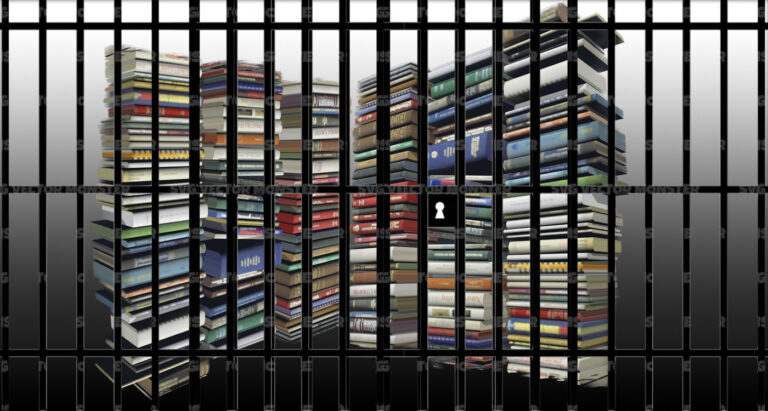
Who still believes the prohibition myth?
Take a ‘worst-case’ scenario in the “War on Drugs” – a key methamphetamine cook for a NSW bikie gang is busted on major supply charges and sentenced to 55 years in jail.
Most Australians would react on instinct: “Good, that’s one evil person locked up out of the way.”
But even in the case of drugs like ice, this man has done no more harm than a publican who sells alcohol. If the ice is abused and triggers a psychotic episode, or a fatal overdose, it was the customer who bought and abused it. Even then, blaming the drug for the user’s behaviour – shooting up for days on end until the body’s circuits burn out – misses the point because there are always social reasons for such self-abuse.
Our publican is not held responsible if someone buys two bottles of vodka, skulls them and dies from alcohol poisoning.
Yet the prohibition myth remains so powerful that this double standard is all but invisible to our big media and its consumers. One wholesaler gets 55 years jail, more than murderers, rapists and child molesters get, while our publican makes a small fortune from society’s only legal social relaxant.
If this comparison challenges your world-view, you too have been taken in by an organised bombardment of outright lies, junk science and sustained propaganda that began in the US when it banned cannabis in 1937.
That ban followed the failure of alcohol prohibition which had triggered a massive rise in murder and violence, and saw many consumers killed with rotgut alcohol in unregulated speakeasies.
The atrocities of Al Capone and his gang are mirrored today in Sydney’s Underbelly-style executions and bikie wars, yet only rarely will big media connect such mayhem with prohibition – a policy which makes Australia’s $12 billion annual illicit drug trade possible.
Legalising, regulating and taxing popular illicit drugs would deny huge criminal gangs a product to sell. It would also reduce harm because regulated drugs would be purer, and available through outlets that screened minors. Fewer people would binge-drink because more pleasurable alternatives would be legally available. Normalised prices would reduce the need of addicts to beg, steal and mug for their drug money.
If the prospect of legal drugs alarms you, it means prohibition propaganda is still working. Perhaps you fear “an explosion of drug use”, our streets crowded with ice-psychos, dazed 12-year-old stoners and heroin users falling out of doorways unconscious with a fit stuck in their arm.
What nonsense. If heroin was legally available on prescription, would you start sticking syringes in your arm? Of course not. Would you start bringing your pot into work and getting stoned in the toilets? Well you can now, because cannabis is easily obtainable, but you don’t.
Cannabis use globally tends to be highest in the countries that persecute its use, like the US and Australia, whereas liberal nations like the Netherlands show much lower usage rates.
In 2001, Portugal decriminalised all drugs including the hard ones. A recent study by free market think tank The Cato Institute found that overall drug use is down, cannabis use among young people has dropped and HIV transmission has nearly halved.
But here in Sydney our nights out are routinely spoiled by gangs of police with sniffer dogs trawling pubs and clubs.
The sad thing is, too many young people are growing up thinking this police-state is normal and acceptable, and drugs remain easily available in every town and high school.
Prohibition has failed.
by Michael Gormly
Michael Gormly is Founder and Editor of ‘The Kings Cross Times’ available at KingsCrossTimes.blogspot.com









